When water freezes, it expands. As temperatures drop and frozen water builds up in the pipes, the pressure of the water can cause them to crack or burst. If a pipe bursts in your home, it can cause significant damage and flooding. Even if the pipe doesn’t break, water pressure can build up, causing leaks from joints and other areas.
Pipes are fundamental to homes and buildings. They help to supply clean water and dispose of wastewater. Pipes also aid in heating and cooling systems, such as heaters or air conditioners within the home. A burst pipe causes many unnecessary and bothersome complications, interfering with household activities.
Unfortunately, winter can wreak havoc on your home’s pipes. When temperatures plummet, beware of the risk of a frozen pipe. If left unchecked, a frozen pipe can burst and cause many inconveniences. You should learn to identify a frozen pipe and call a plumber for help as soon as possible. Knowing how to spot the early symptoms can save you time and frustration, especially during a severe winter.
Fortunately, there are ways to prepare your plumbing for winter’s icy wrath. Let’s learn how to tell if a frozen pipe has burst.
Frost on pipes
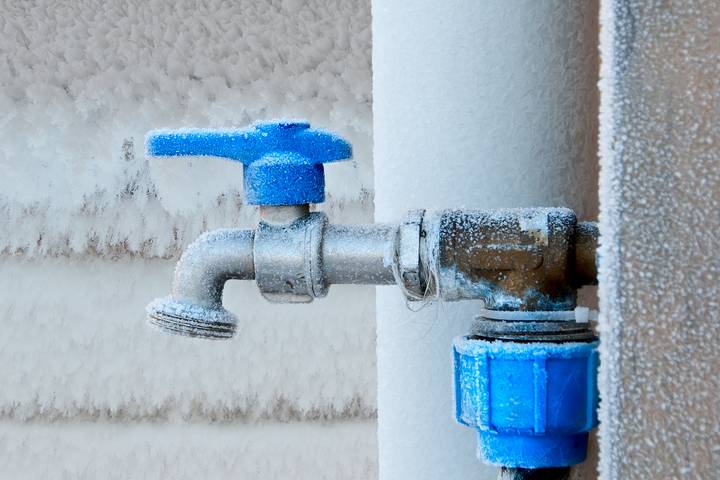
Look for frost on the pipes. Some parts of the house are more susceptible to the cold. Inspect all exposed piping in unheated areas, like attics and basements, for any frost buildup. If a pipe has burst, there will be frosting near the broken area. By the time you see it, the pipe has likely already burst. You should shut off your main water valve immediately and call a Whitby plumber for the next steps.
No water in home
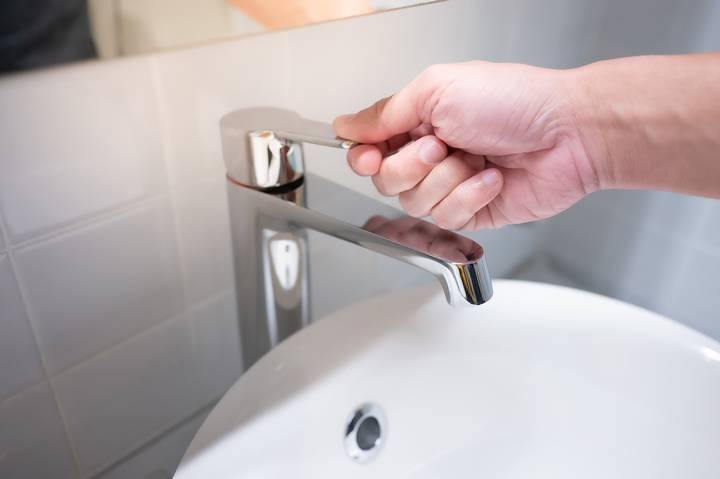
Do you have water flowing to all the plumbing fixtures in your home? If not, it may signify a frozen pipeline issue. Without water flow, your home’s principal plumbing fixtures will not function as intended. This issue can affect your overall capability to perform everyday tasks, like cleaning or washing. It is highly inconvenient to have no water access during winter, so contact an emergency plumber for help.
Cracked pipes
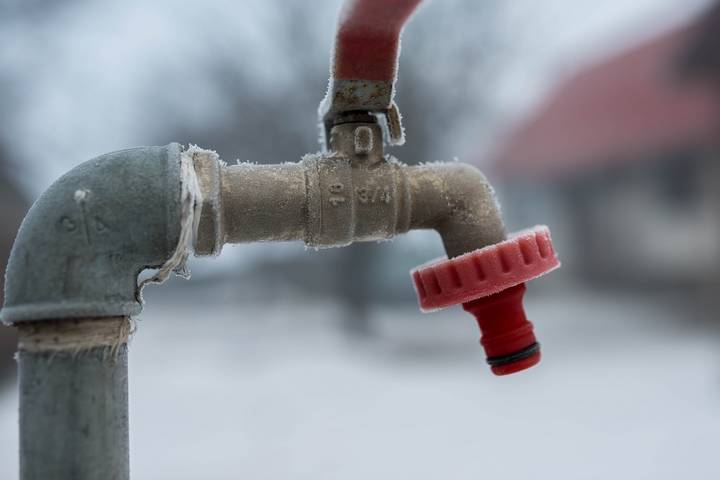
Look for any obvious visible signs of damage on the pipe. Feel the pipes for any cold areas, which may indicate a crack. Examine the walls and floors around your home for wet spots, as they could mean that your frozen pipe has burst.
Fluctuating water pressure
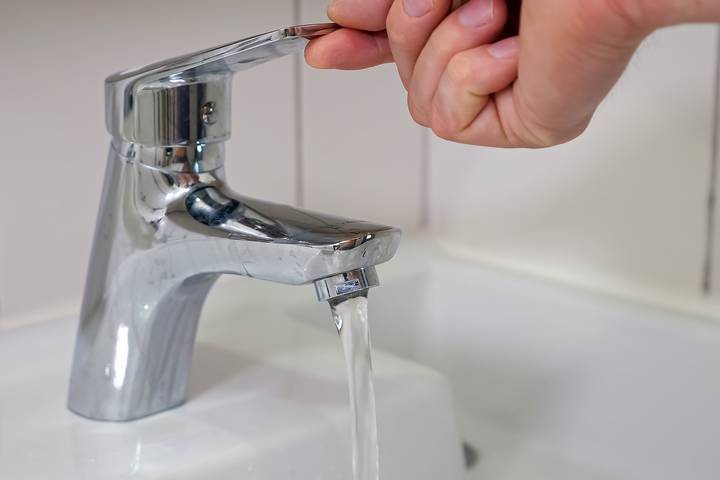
A decrease in water pressure is a common sign of a frozen pipe that bursts. If you notice a sudden drop in water pressure, there may be a problem with the main water line. It is especially true if you’ve recently experienced a drop in water pressure throughout your home, as opposed to just one faucet or fixture. The cause could be a burst pipe due to freezing temperatures.
Fluctuating water pressure worsens with problems like corrosion or age-related wear and tear. In addition, tree roots and soil erosion can also damage pipes, decreasing water pressure. If you experience fluctuating water pressure, contact a plumber immediately. An expert can locate the source of the problem and recommend the best solution. Depending on the cause, the plumber may need to replace the entire pipe or patch up the leak.
Noisy water pipes
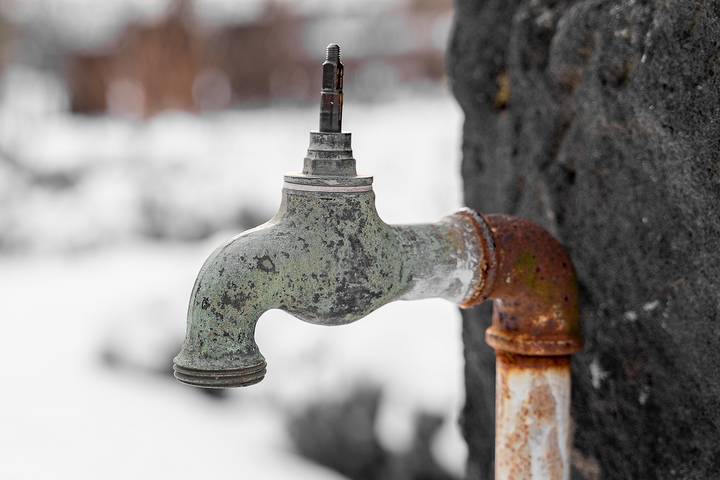
In many instances of frozen pipes, you may hear noises within the walls of homes. Many describe the sound as a clanging or dripping noise within the walls. They are often loud and disruptive. The rattling may mean ice is shifting inside the pipe, indicating that the pipes have burst.
You may also hear water running even if none of your fixtures are in use. Listen carefully for the sound of running water from within your walls. It won’t be as loud as the clanging, but you can hear the disturbance in a quiet environment. This noise may indicate a burst pipe. Turn off your water at the main supply valve immediately if you hear this.
Water puddles
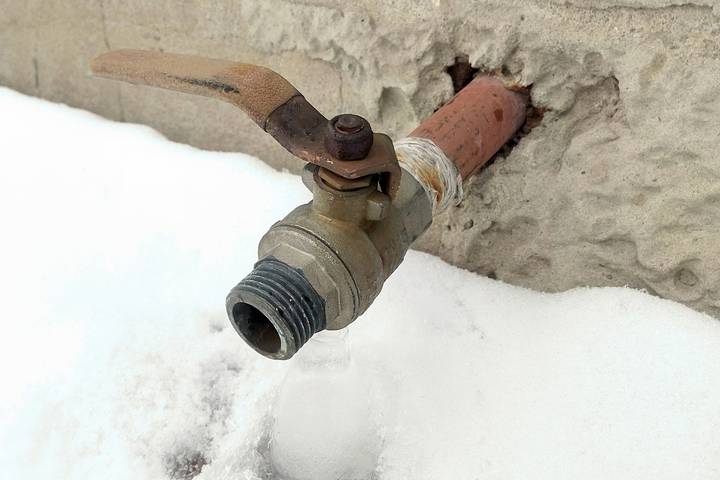
A burst pipe often causes excessive water pooling in certain areas around your home. Homeowners may find water puddles under plumbing fixtures, such as sinks or near toilets. Wherever a pipeline exists, there’s a risk of puddles forming. If you leave the water pooling unattended for too long, there’s a risk of mould production. Contact a plumber to fix this urgent issue before the problem escalates.
Water puddles often increase your water bill, which may indicate a leak with burst pipes. Investigating the cause is crucial if you notice an unusual spike in your water bills. Inspect all water fixtures in your home, including toilets, sinks, or showers, for any sign of water leakage.
Smelly water
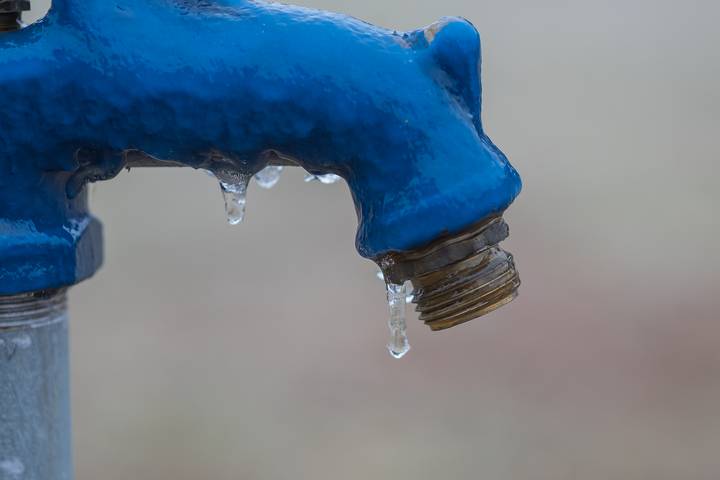
Water that contains a foul odour indicates a frozen or burst pipe issue. The bad smell may be similar to sewage scent due to exposure and growth of bacteria within the pipe. The rancid odour carries into the water circulating through the home. Stinky water should indicate that the water is unsafe to use. Due to this health hazard, seek help from a professional plumber to tackle this issue.



